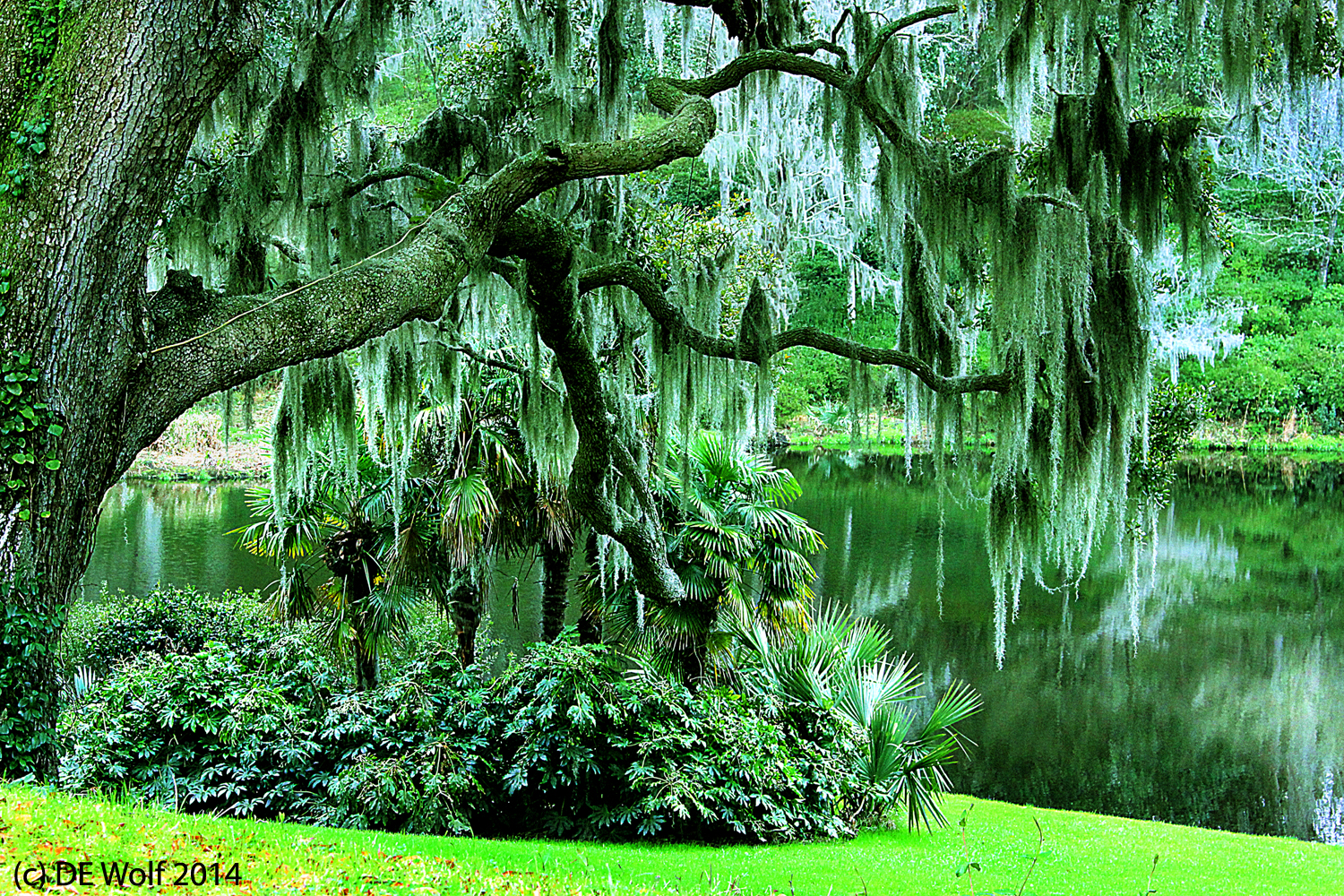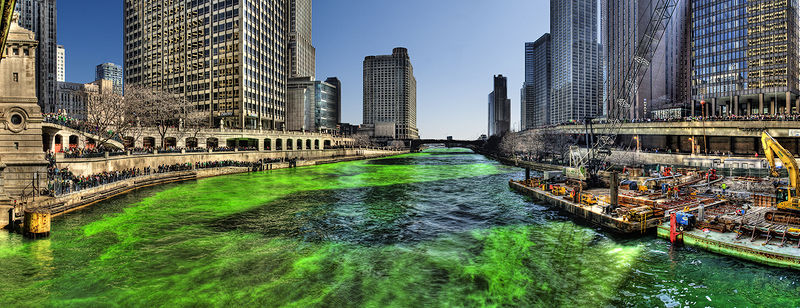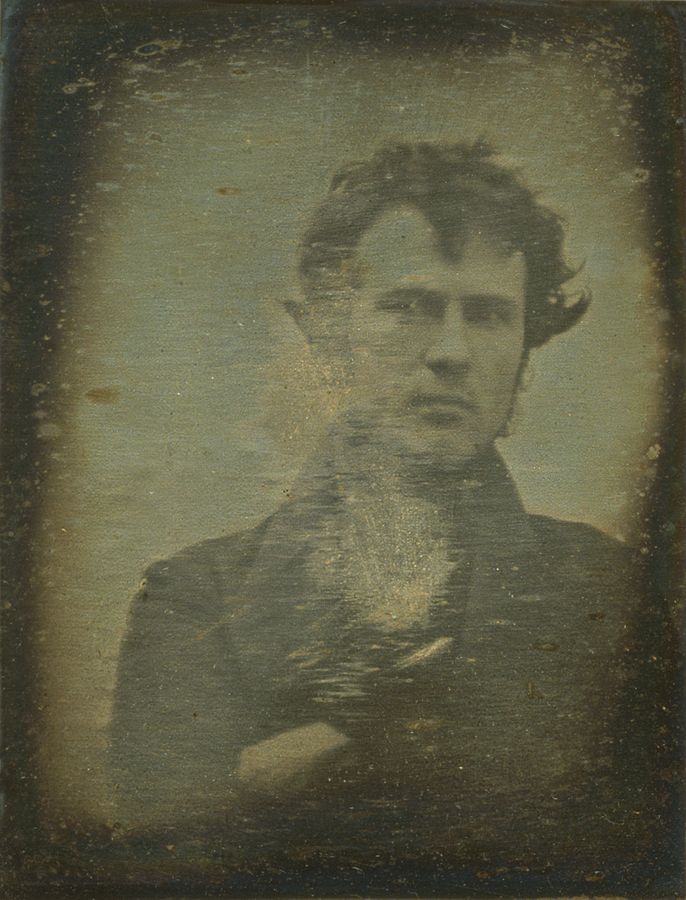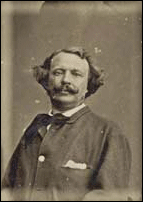We have just returned from vacation in Charleston, SC. We sent there to seek relief from what has seemed an endless winter of snowstorms and bad weather. We went there in search of sunlight. There was two hours of that in five days. We went there in search of warn. Ixnay on that. It was cold, rainy, and dreary. And yes it was rather challenging photographically. The light was continuously dark, flat, and uninteresting. I guess that it may be said to have been a challenge. And from such challenges you can learn a lot about how to take pictures.
Did I mention that it is a beautiful city. And the food… Well the food is wonderful, and I find myself to be so much in grit withdrawal that today I had to have polenta with my lunch.
Over the next few days, I shall post some of the pictures that I took in Charleston. They are what I would call quirky because of the weather. I want today to start with Figure 1, which shows a venerable oak at Middleton Plantation on the Ashley River gloriously adorned in Spanish Moss – what can be more quintessentially South Carolina. And I have to say that I could spend years learning to take such pictures.
This was taken with my Canon T2i at ISO 3200 f/9.0 at 1/320 s with my EF-S18-55mm f/3.5-5.6 IS STM lens, IS on. Because of the dull lighting the image took quite a bit of work and it is not as sharp as I like. But I will say that the subject matter seems to demand a painterly style; so I will not begrudge it being a bit fuzzy to match the light and over dramatic in effect. It captures not only what I saw but what I felt, the mood of the moment.




